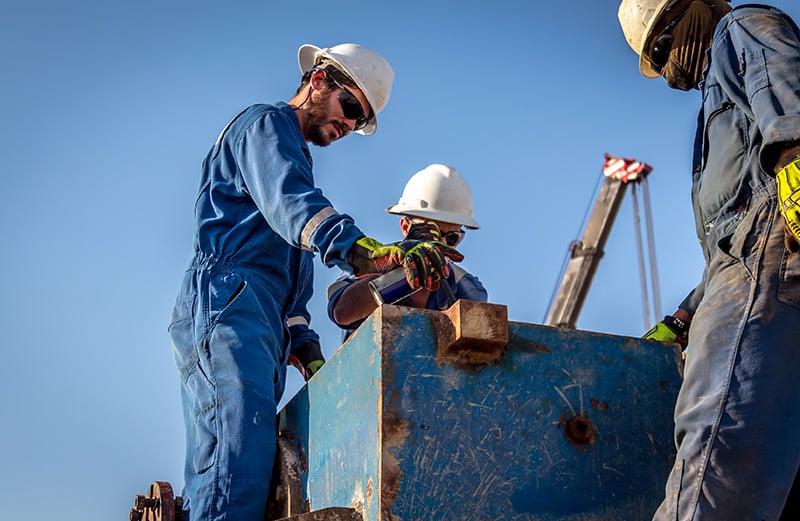What Is Moment of Clarity™?
It’s a structured, field-ready system that helps workers:
Built for the world after compliance, Moment of Clarity™ replaces BBS forms with a live rhythm of worker check-ins, fast fixes, and leadership follow-up.
Moment of Clarity™ is a human-centered safety system that empowers workers to recognize risk, take ownership, and drive performance without surveillance or fear.

Behavior-Based Safety (BBS) was designed to control behavior. But in today’s complex field environments, control isn’t enough. It erodes trust, ignores system flaws, and turns humans into checkboxes.
You’ve seen it firsthand:
Moment of Clarity™ is built for the world after compliance.
It starts where behavior-based systems stop.
It’s a structured, field-ready system that helps workers:
Rooted in neuroscience, systems thinking, and safety psychology, it shifts your workforce from passive observers to trusted contributors.
Consciousness of Self • Consciousness of Others • Readiness of Process • Readiness of Environment
Workers build moment-to-moment clarity using field-proven awareness science (Langer, Deming, Porges).
Assess the Situation • Connect with Others • Take Thoughtful Action
See it → Feel it → Name it → Own it → Share it → Shape it → BootLink it
This is the cognitive-emotional journey from reaction to redesign.
Check your body → Acknowledge your story → Reset your intention → Engage with discovery
Builds emotional safety before difficult conversations.
These aren’t acronyms. They’re muscle memory in your workforce.

Your workers already notice what’s dangerous, unclear, or inefficient.
Moment of Clarity™ gives them the structure and permission to:
This isn’t behavioral policing, it’s collective intelligence in action.
When workers see their actions shape the system they do more than comply, they start contributing.

Moment of Clarity™ honors meaningful contribution, not mere rule-following.
Each insight becomes a ripple that reinforces:
We don’t reward silence. We reward stewardship.

Our frameworks draw from:
Tested in oil & gas, chemical, construction, and utility environments.
You don’t need more rules. You need a system that trusts your people.
Everything you need to move from passive compliance to active contribution:
This isn’t just a toolkit. It’s a system shift, supported every step of the way.
Let us show you how Moment of Clarity™ fits into your environment.